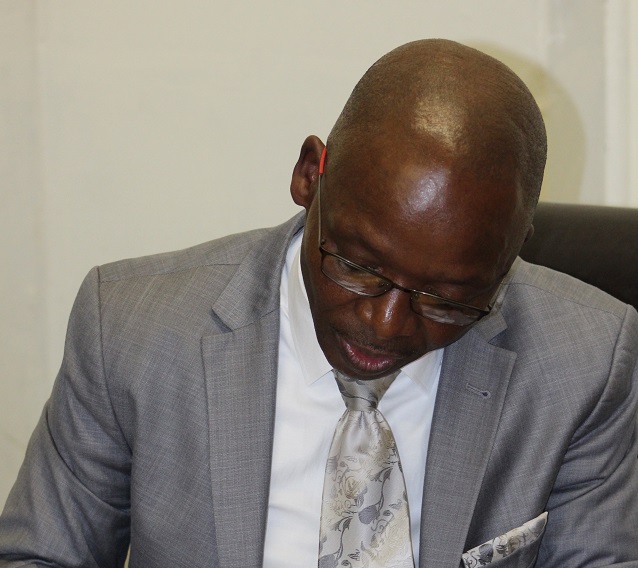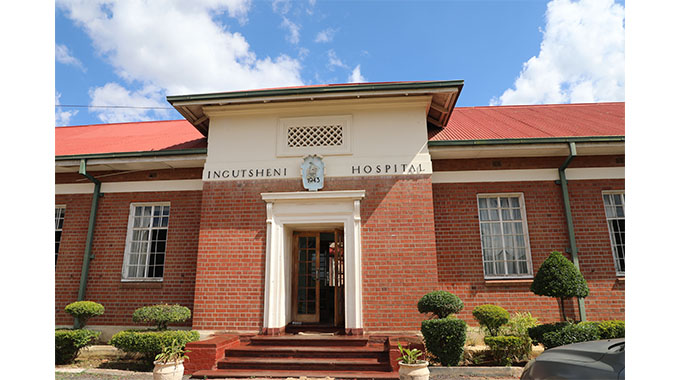We’re an HIV hot spot, so what?
Thandeka Moyo, Health Reporter
I could hardly catch up with bitter comments from angry readers who could not stomach what an official HIV survey found about the prevalence of HIV in the Matabeleland region.
Some questioned my journalism ethics while many concluded that my reportage was meant to belittle and dehumanise people from this part of Zimbabwe.
Even city fathers kicked off their monthly full council meeting rubbishing the story which basically spelt out that the region is an HIV hotspot.
However, the passionate reporter in me could not ignore the feedback we got from our readers online and the public in general which has prompted the production of this article.
Firstly, we all need to treat HIV with great concern and the change that is needed begins with you and me.
I was tempted to ask all readers – one by one – who commented on the story if they knew their HIV status because I believe that’s where we all get it wrong.
Are the readers not part of the 35 million people living with HIV globally who still do not know their status?
Only 45 percent of young men and 62 percent of young women in Zimbabwe have ever tested for HIV and how many people have taken time to break the culture of silence and openly talk of HIV in family circles.
Talk of Vuzu parties which have become a part of school going pupils’ lives where they indulge in risky sexual behaviour while their parents and guardians find solace in thinking they love weekend church activities so much?
Are they not the same people who are brave enough to go and test but shy away from collecting their results leaving counsellors with the extra job of collating such statistics?
Since only 46 percent of young men and women have comprehensive knowledge about HIV, are my readers taking initiatives to discuss HIV with their daughters, cousins and sisters or they imagine these young stars are as innocent as during the days of King Lobengula?
I remember hearing that some high schools in the city were fuelling HIV incidence in Bulawayo and what do their parents have to say about that? Are these local statistics aimed at portraying teenagers in bad light or they are a reflection of a reality we are failing to accept?
Are they not part of dangerous community leaders who think it is taboo for married couples to use condoms as it promotes promiscuity?
And what about the adolescent girls whose risky sexual behaviour has propelled the globe to introduce a tailor made programme DREAMS for them? How many men deliberately bed minors in exchange of money or gifts and then claim HIV statistics are just meant to instil needless fear among citizens?
I wonder if it’s the same men who were condemning the Zimbabwe Population-Based HIV Impact Assessment (ZIMPHIA) 2015-2016 which also says child headed families in Bulawayo may be driving the high HIV prevalence.
I believe we all still have a chance to make the right choice and get tested. Knowing one’s HIV status coupled with the right choices may enable Bulawayo, the Matabeleland region and Zimbabwe as a whole to eventually win the fight against HIV and Aids.
While other countries have spent the last two decades improving their economies and contributing to innovation, we have used our precious time and resources tackling HIV and STIs — which can be averted by behaviour change.
We are often too quick to trivialise such important data because we feel statistics are just meant to paint us in a bad way. Yes, we have the 2020 and 2030 targets to reach as our HIV prevalence is one of the highest in the region but Government efforts must be complemented by our individual desire to fight and conquer HIV.
Some of our religious leaders have spearheaded counter campaigns to discourage “faithful” followers from taking antiretroviral treatment and to such I say resist the devil and he will flee. Remember HIV knows no boundary, religious or political affiliation hence every one of us including those with spiritual powers to cast out demons can contract HIV.
Bulawayo provincial Aids coordinator Mrs Sinatra Nyathi says this year’s national World Aids Day Commemorations will be in Bulawayo. Am not sure if our prevalence is the reason the whole of Zimbabwe will come to Bulawayo to celebrate successes and embrace challenges in our daily fight against HIV.
What I know for sure is that the change that we all want to read about begins with you and me. That change is as simple as visiting healthcare facilities to get tested and learn more about HIV.
“We’re already working on plans to make this year’s commemorations a success. The story hasn’t changed, we urge everyone to go and get tested today, being in denial has done more harm than good,” says Mrs Nyathi.
“It’s a pity that our adolescent girls are driving new infections while their parents still believe they’re too young to be indulging in sex. We have Vuzu parties and a lot of old men who want to sleep with these young girls and that leaves all of us at risk.”
Mrs Nyathi says the high HIV prevalence in the region was also driven by long distance relationships considering many are in neighbouring countries working to fend for their families.
“When they come back during the holidays, it’s hard for women to initiate safer sex and we can’t safely say they don’t indulge with other partners when they’re away. We’re also seeing a growing trend of teenage sex work in the city and unless all of us make that decision to change our behaviour, we’ll not win the fight.”
As we end this week, let’s remember Zimbabwe and the rest of the world is aiming that by 2020, 90 percent of the population will know their HIV status.
By 2020, 90 percent of all people with diagnosed HIV infection will receive sustained antiretroviral therapy and that by 2020, 90 percent of all people receiving antiretroviral therapy will have viral suppression.
Let’s freely talk about HIV on [email protected] or WhatsApp +263717046549.









Comments